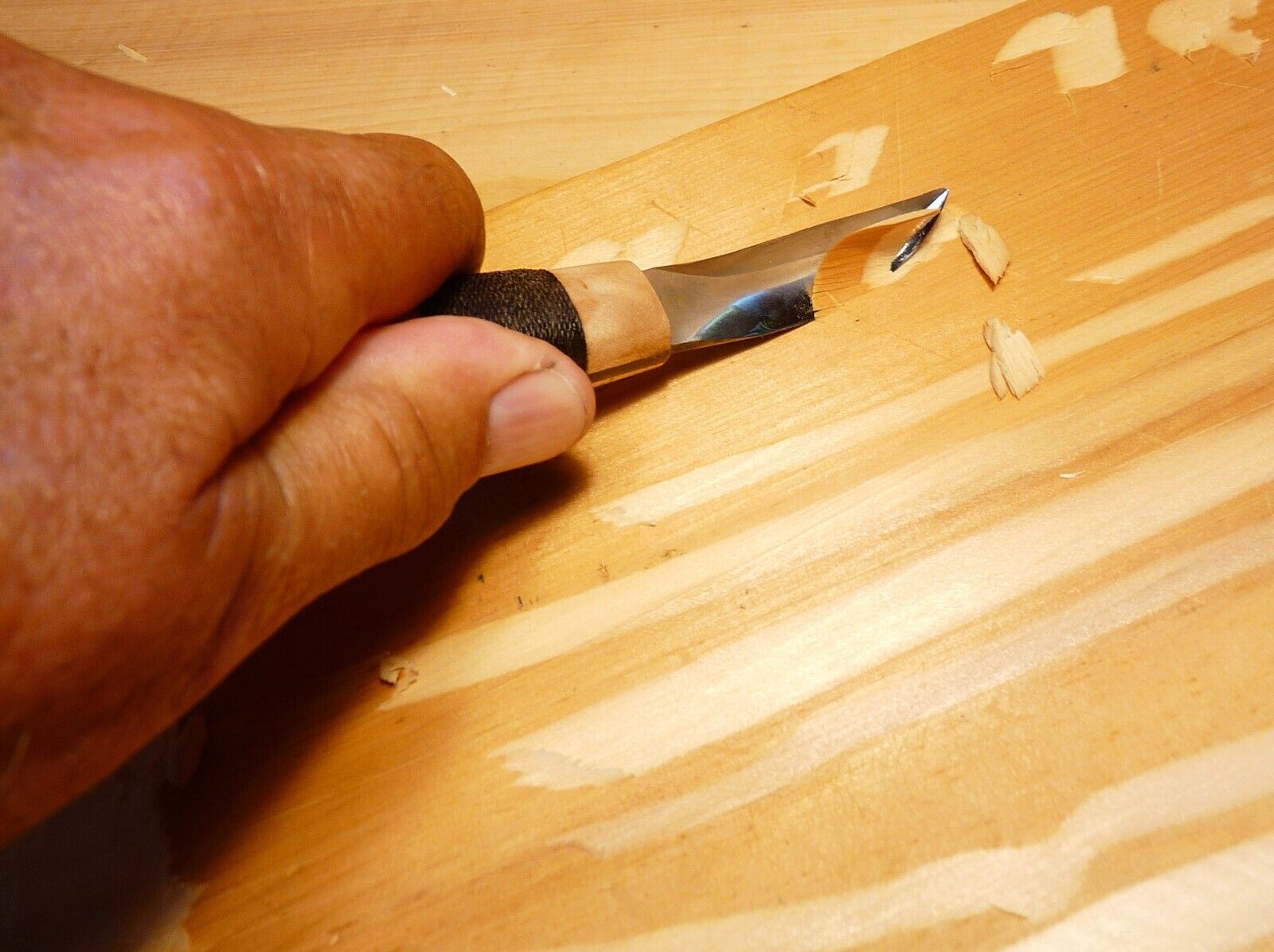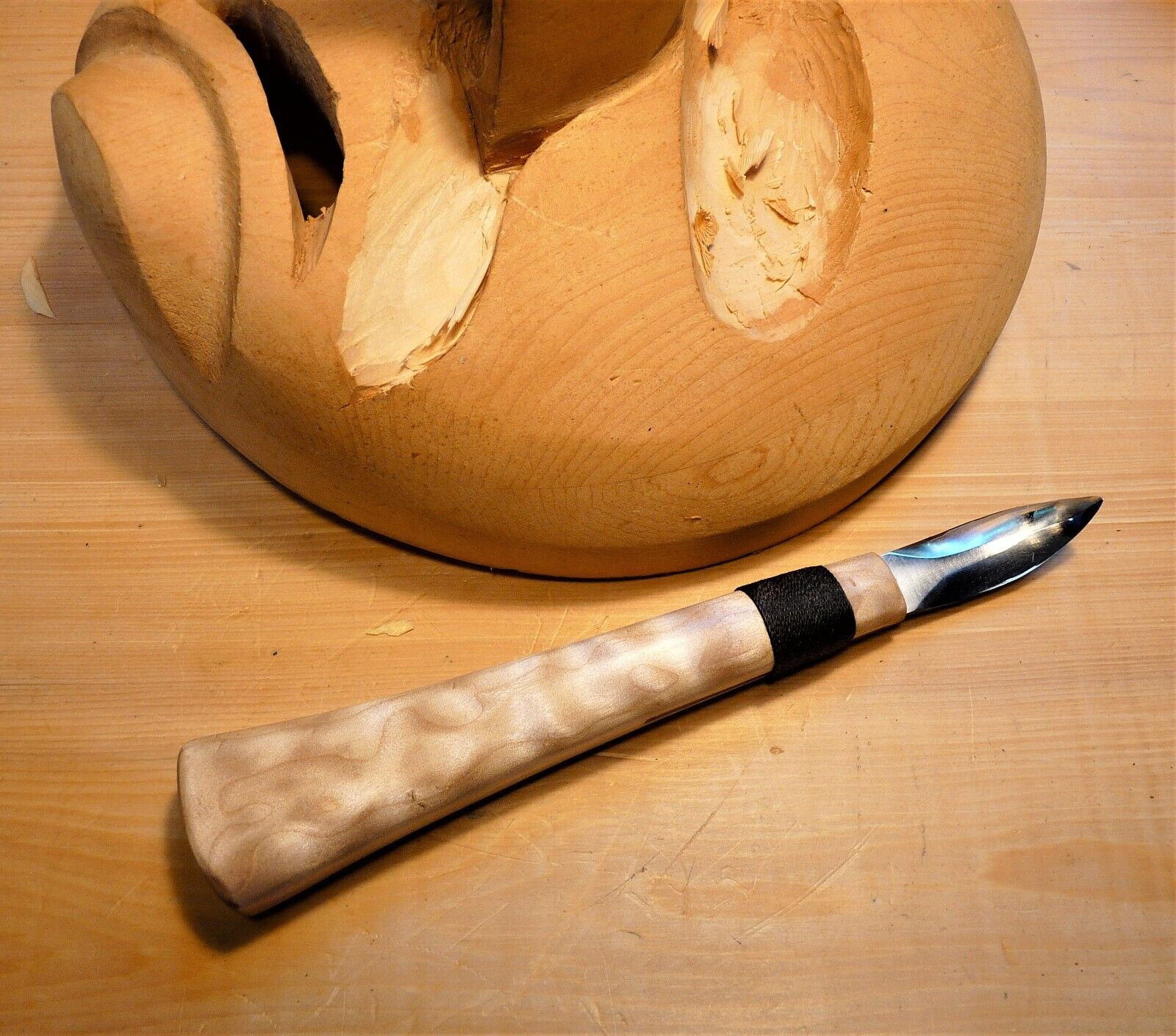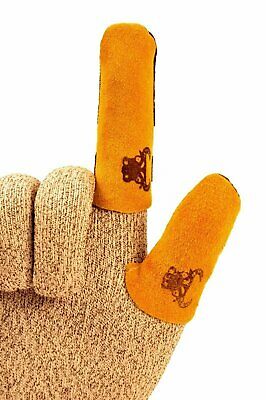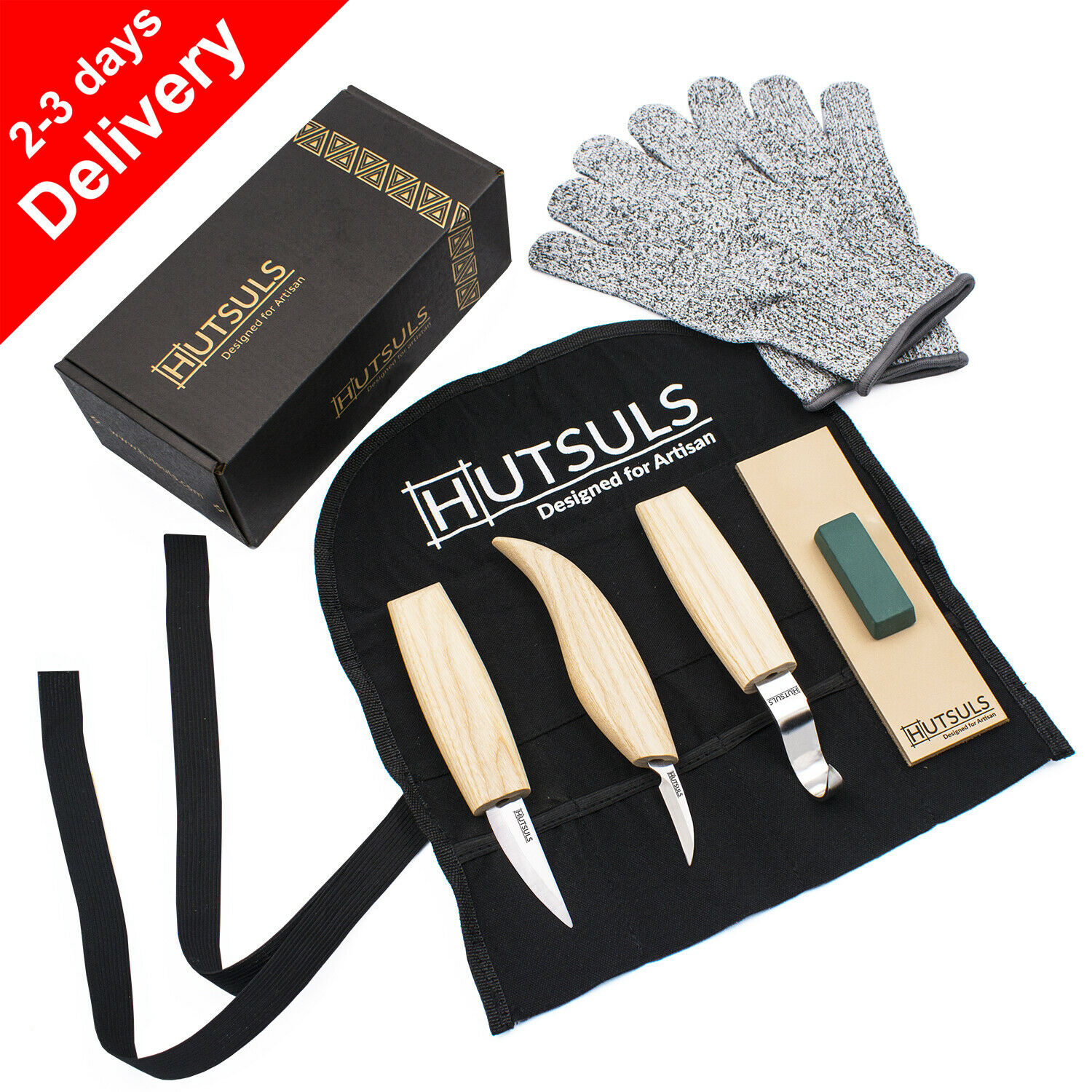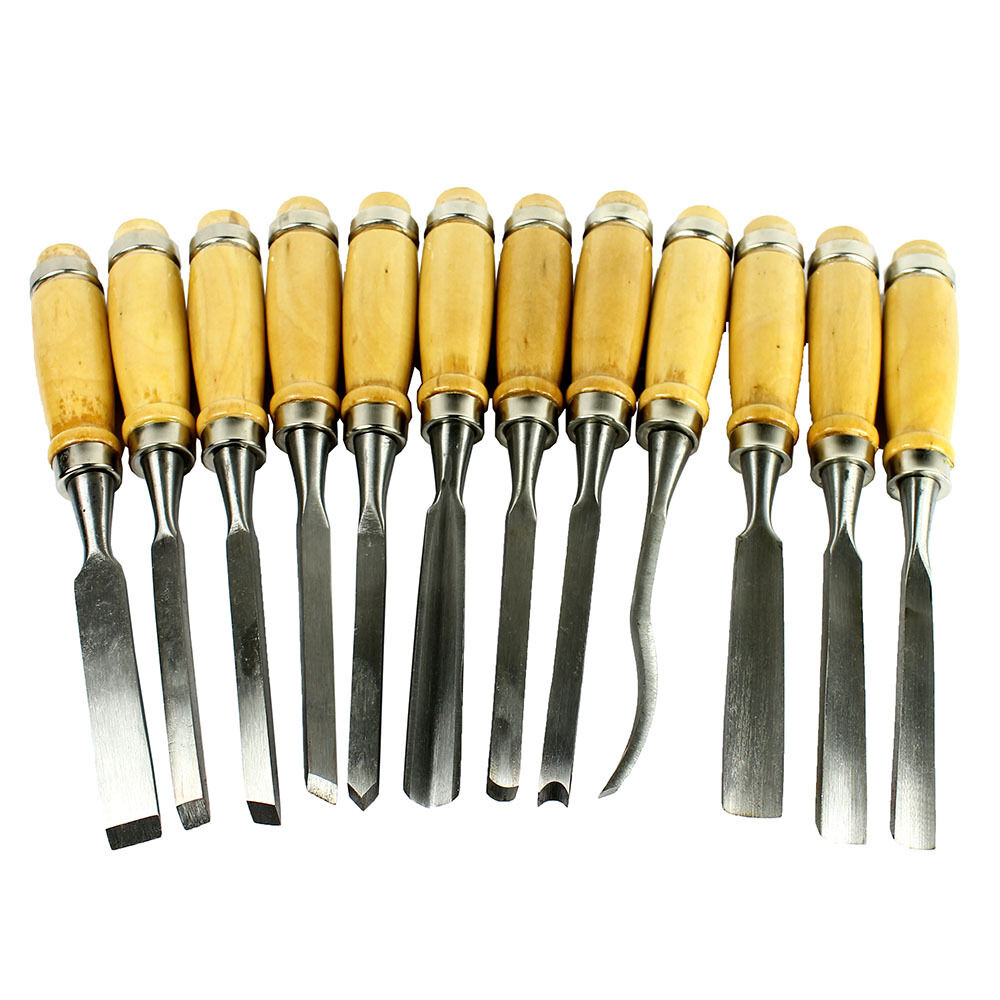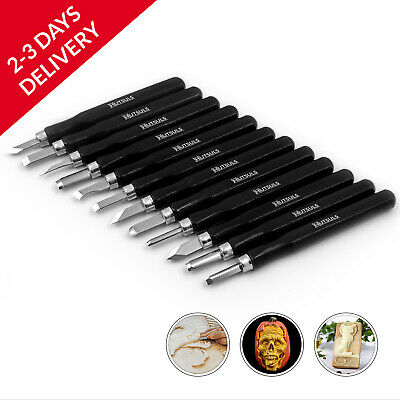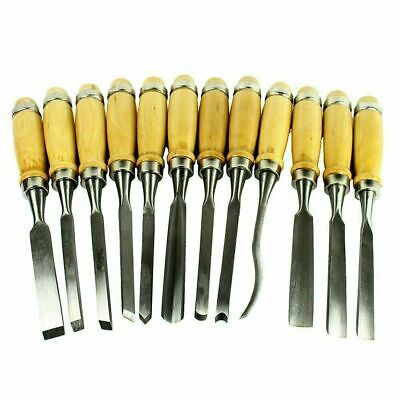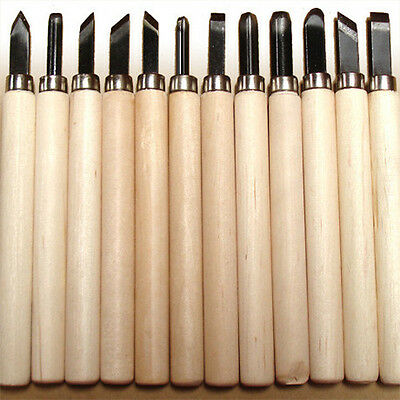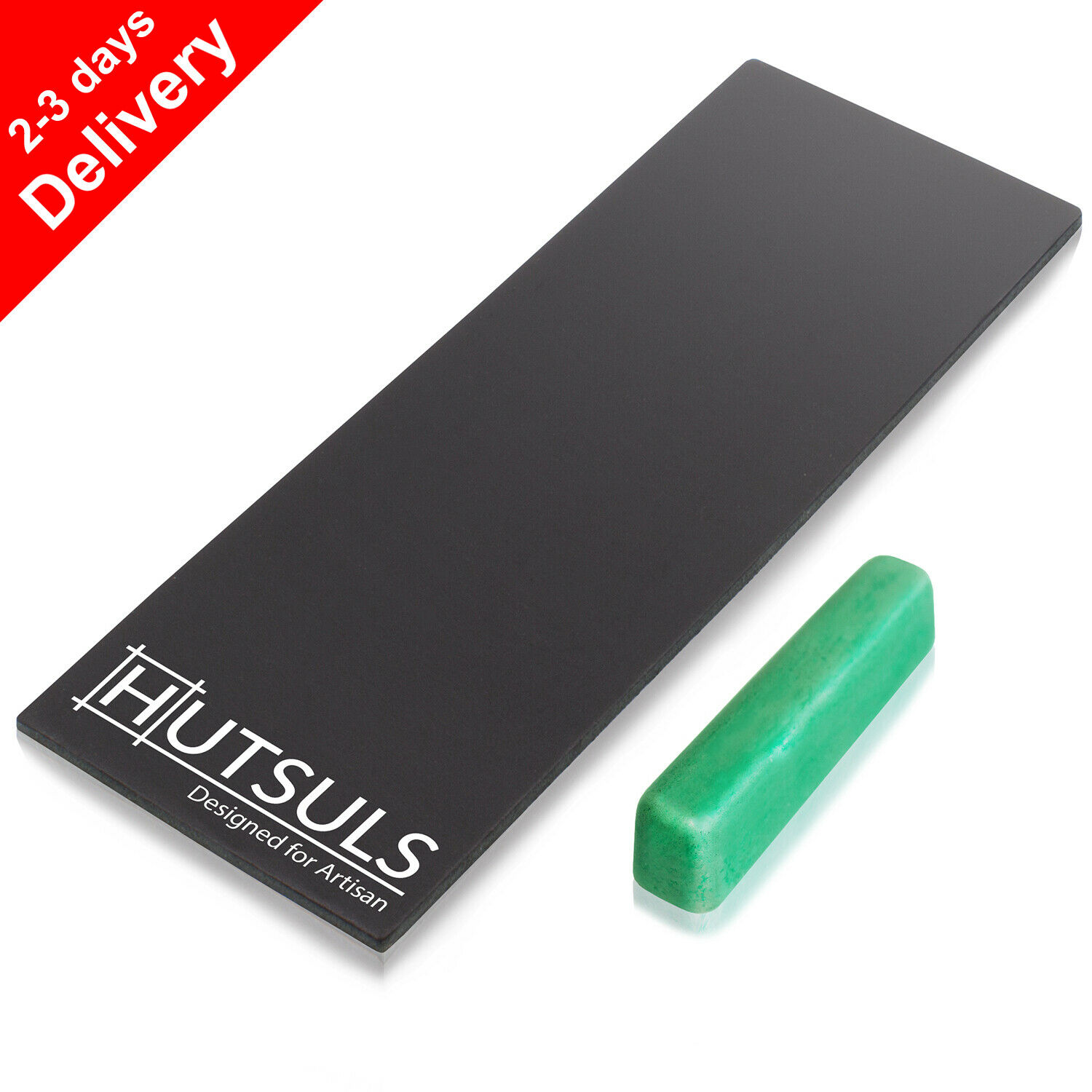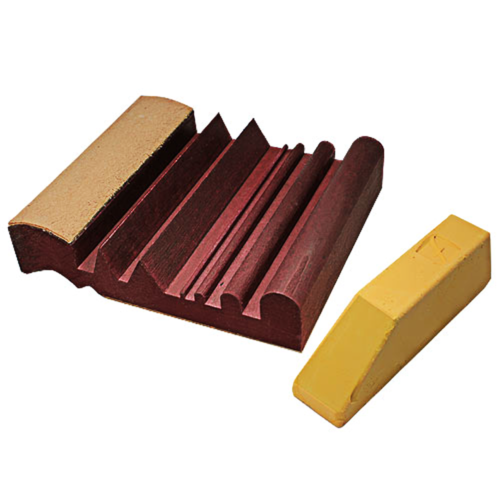-40%
Davis Brothers Handmade Custom #2C Traditional NW Woodcarving Crooked Knife
$ 17.95
- Description
- Size Guide
Description
Hello friends,This is a new Davis Brothers knife, a traditional Wood Carving Medium #2C Crook Knife. This is towards the middle size in our regular production,
with one of our custom leaf shaped blades and
a long curved handle that fits neatly into your hand, and is large enough for occasional two hand use (see photo).
It's a C bend (moderate
bend over front of blade)
. This curve is great at
fine work
while still capable of
getting out big chips and deep cuts.
The curvature (crook) in the blade allows the handle to stay clear and above the work in a way that a straight knife cannot. (Please see "Crook Knife Carving Tips" below).
This knife is not available from any other seller to my knowledge.
Crook knives are a specialty in the Pacific Northwest and are usually pretty hard to find, mostly made only by custom knife-makers.
This crook knife is based on designs used by carvers for hundreds of years. Crook knives are extremely versatile and will perform a multitude of tasks well. We make a wide selection of Crook or Crooked knives, Detail knives and Hook knives, as well as Chip Carving and Whittling knives.
SAFETY FIRST! :
Please remember that Crooked knives such as this are sharpened on both left and right sides so do not touch the edges of the blade, which are extremely sharp. Also, please take care when removing from the packaging
. Always be aware of where you are cutting, and do not put hands, fingers or other parts of your body in the path of the blade. Always wear a cut-resistant carving glove on the hand not holding the knife. And please keep this knife safely away from children.
WORKMANSHIP: Each knife is unique and hand crafted, with no automated processes used in the more than 30 machining, forging and woodworking tasks for each one. Some tool marks may be visible on the knives. I do not attain absolute machine-like perfection, but strive to combine creativity, beauty and utility. The look and feel of this tool when held is beautiful, smooth, and inspires the work at hand.
BLADE: It was made using 1095 high carbon blade steel, ground to shape then forged, bent, refined and hardened. It was then tempered to keep a durable, keen edge and is extremely sharp.
The leaf shape to the edge of the blade facilitates very delicate depth control and very fine shavings, but will also dig deep when the angle of entry is increased.
HANDLE:
The handle is Quilted Maple, from a piece of with striking striped and iridescent grain patterns and creamy blonde color. This is from a board bought years ago from a local specialist logger, who sought out and milled unusual wood. A traditional handle wood in the Northwest, Maple is incredibly tough and hard combined with beauty. This handle style is long enough for occasional two hand use. The rear hand is used to steady and push or pull the knife while your front fingers on the handle guide the blade (shown in photo) This allows plenty of force to be used while still maintaining control. It is finished with hand rubbed natural Tung oil and Carnauba Wax.
CONSTRUCTION: This knife is 8 1/2 "overall, with a 2 1/8
" long blade that tapers from 11/16" before coming to a point. The blade is set with epoxy and further secured with a traditional seine twine wrap, reinforced with Cyanoacrylate for strength.
CARVING CHARACTERISTICS:
It is sized for medium to larger scale work, and can be used with a wide variety of woods and carving styles.
The C bend is acutely bent over the front of the blade and thus excels at hollowing and hewing. It is large enough to take a really impressive chip. You may be surprised by how much wood it will move. The curve of the blade makes this a great choice for roughing out and carving to ground, even on larger projects. It will also refine and finish those areas and can be used delicately because of the leaf shaped blade. The edge curve enables fine shaving.
With a single bevel edge all the way around, this knife can be used with either hand, and cuts well either pushing or pulling both overhand and underhand.
The blade has plenty of strength for those tasks, but should not be used for prying. For best performance, when sharpening this tool it is important to leave the back side absolutely flat (no bevel on back side).
CROOK KNIFE CARVING TIPS - Small and Medium blades:
Every carver develops their own favorite way to hold and use each of their knives, so please use this as a guide only. This is how myself and my brother have used these tools for many years. You may find another grip or position for the knife that works better for you.
In general these Northwest type crooked knives are made to be used in an overhand carving position (Please see carving example photos). The underhand position can be used on the largest knives to produce more powerful carving strokes similar to a drawknife, but the fine precision of finger tip control is lost. So for the fine details and small cuts, hold the handle in your palm with the curvature of the blade up. You can adjust your grip to maintain fingertip control towards the front of the handle (Please keep your fingers away from the blade itself, as it is sharp on both left and right edges).
Another method for very fine control is to use both hands on the knife. It sounds
awkward, but works to give excellent control while still steadying the carving stroke. Hold the rear of the handle in your hand and place a finger of two of the other on the front of the handle. Then you can line up the blade with precision while exerting pressure with either hand. This also allows you to cut both directions with dexterity, even using your non dominant hand.
SHARPENING CROOK KNIVES: Having been asked many times, I will share some suggestions. In general if you have the implements to strop and hone gouges the same will work for crooked knives. These knives hold an edge well and should go through many many stroppings before needing to be honed.
Stropping the curved edge of a crook knife requires a curved strop. I use a couple that work great and are easy to make:
1) A closet dowel 1 1/4" diameter and about 1 1" long covered with smooth leather carefully glued in place.
2) A smaller, 3/4" dowel, covered with denim cloth ( which holds compound well) glued on.
I use white polishing or buffing compound on both (available in hardware stores or online). You may already have a preference for a particular compound, if so, use it instead.
Strop away from the edge, not towards it, and repeat 10 or 20 times or until the keen edge is restored. Strop only the top side ( the beveled side) to maintain the flat bottom side of the blade. If the bottom of the blade needs stropped eventually, then use leather on a flat surface.
Hone the blade only when absolutely necessary, if stropping no longer restores the edge. Use only very fine or ultra fine abrasives. As before, they must be rounded or curved. I use ceramic files, diamond hones, natural Arkansas slipstones and waterstones. All work, but keep them very fine to avoid scratches on the edge. Once again, touch up the flat bottom of the blade only enough to remove a wire edge if it forms when honing. Follow up any honing with a stropping to polish the edge.
SHIPPING AND CUSTOMER SERVICE: I have several auctions running this week , and will gladly combine shipping to save you money. Wait for the combined invoice if you have multiple purchases/wins. I offer a 30 day return policy and will personally work to resolve any issues. I take pride in my craftsmanship, and strive to please every Customer.








